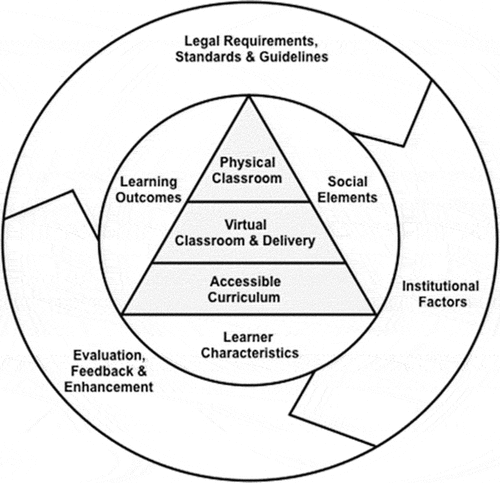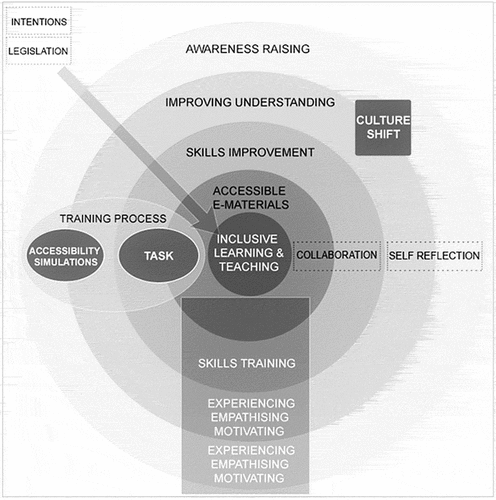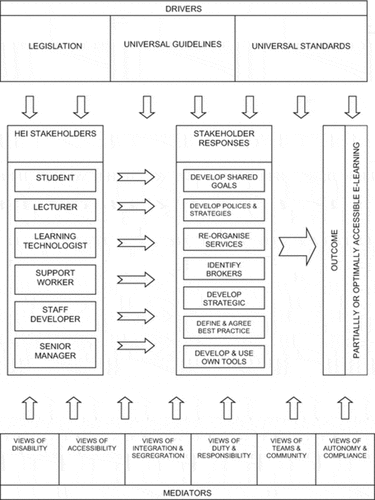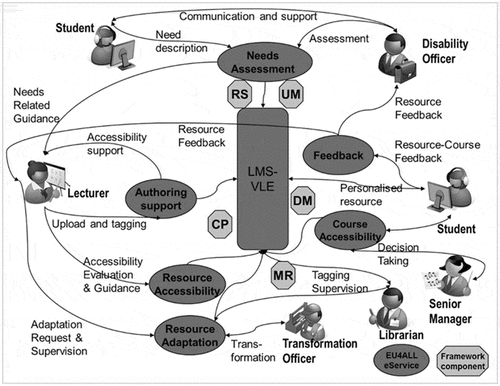Figures & data
Table 1. An overview of the similarity and differences of nine accessibility models.
Figure 1. (a) Early version of holistic model of e-learning accessibility. (b) Later version of holistic model of e-learning accessibility.
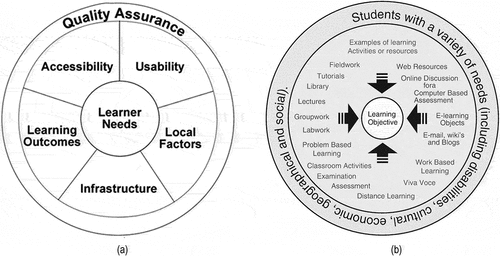
Figure 4. The stakeholders who mediate the relationship between a disabled student and the accessibility unit.
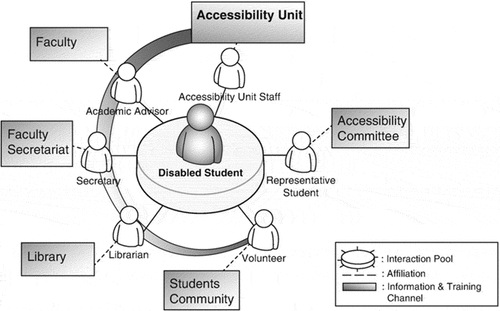
Table 2. A model of professionalism in accessibility.
Table 3. Differentiating accessibility models based on the level of their focus.
Table 4. An overview of the validity and efficacy of the nine models and frameworks.
Table 5. A framework for evaluating accessibility models in the context of ICT-related practice in PSE.

